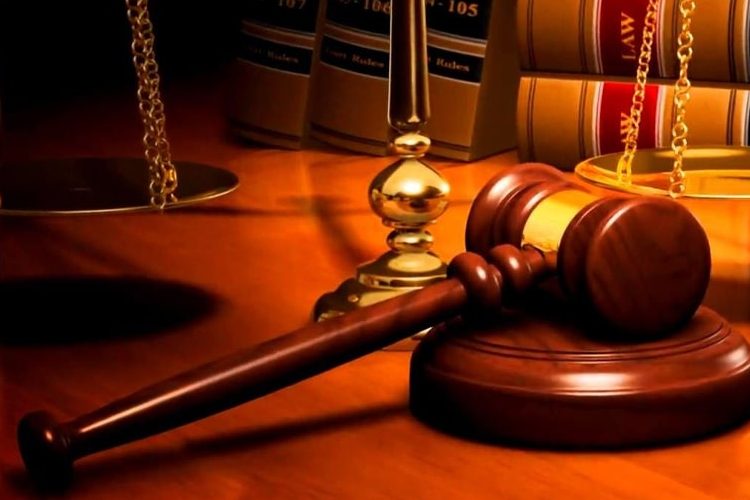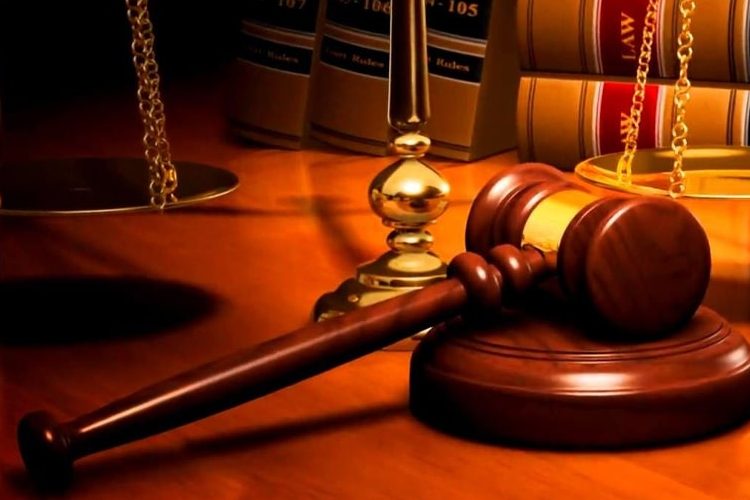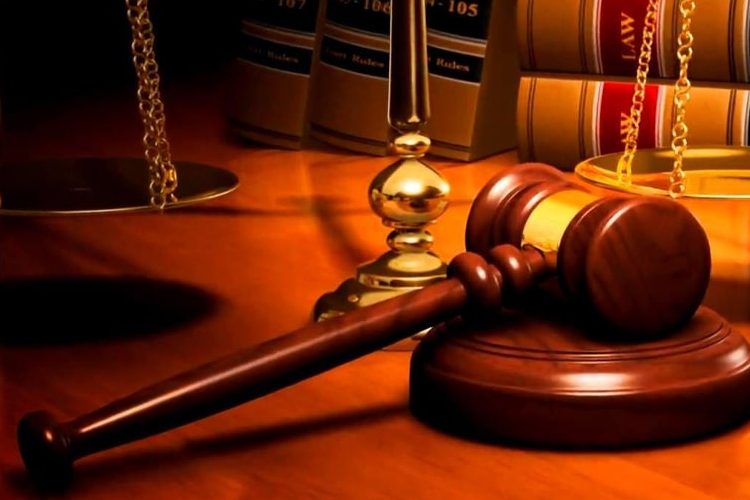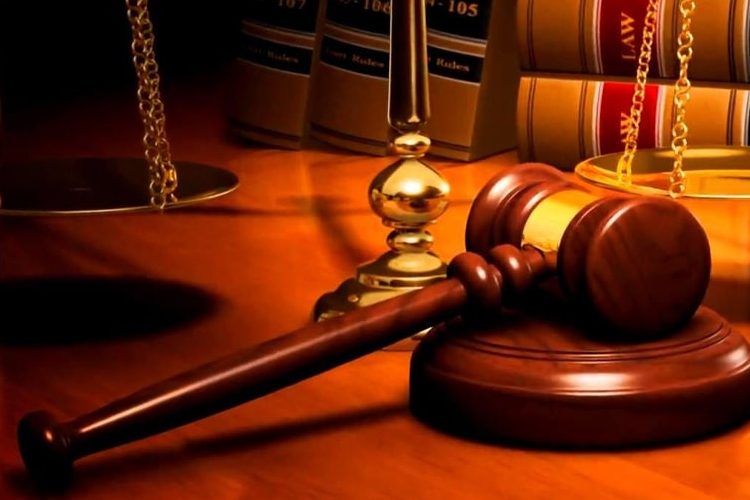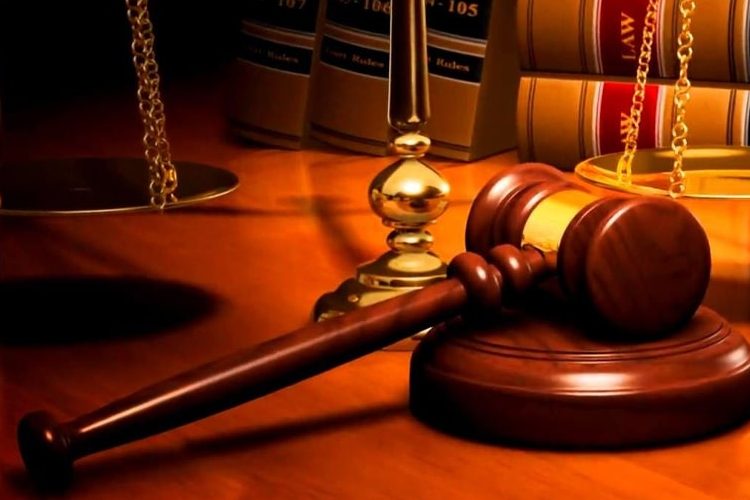
Vodafone International Holding v UOI
- 2022-02-16
Citation: AIR 1994 SC 1918
Decided on: 11 March 1994
Presiding Judge (s): Kuldip Singh, P. B. Sawant, Katikithala Ramaswamy, S. C. Agarwal, Yogeshwar Dayal, B. P. Jeevan Reddy, S. R. Pandian, A. M. Ahmadi, J. S. Verma
Court : Supreme Court of India
Facts of the case: SR Bommai was the Karnataka Chief Minister between August 1988 and April 1989. He led a Janata Dal government, which was dismissed on 21st April 1989 when President’s Rule (Article 356) was imposed in Karnataka. Even though Bommai presented the then Governor P Venkatasubbaiah with a copy of the resolution passed by the Janata Dal Legislature Party, he was denied an opportunity to prove his majority in the house. Bommai at the first instance approached the Karnataka High Court against the Governor’s decision. However, his writ petition was dismissed by the High Court and Bommai moved the Supreme Court of India. The judgment dealt with the subject of arbitrary use of Article 356 by the central government
Judgment: A nine judge constitutional gave a landmark judgment on Article 356 and its unscrupulous usage by the government. Article 356 deals with imposition of President’s Rule over a State of India. When a state is under President’s Rule, the elected state government is dismissed and Council of ministers is suspended at legislature, and administration is conducted directly by the Governor of the state. The judgment created certain limitation to imposing President’s rule. The Court opined that the power is not absolute and that the President should use this power only with the approval from both Houses of the Parliament. The Court also held that the proclamation issued by the President under Article 356 is subject to judicial review. If it is found by the court that the Presidents rule was imposed on political consideration, the Court would be empowered to restore the Assembly. The verdict also stated in no uncertain terms that the test of majority of the government should be done in the floor of the Assembly and is not subject to the Governor’s opinion. While noting the point that a State government cannot follow particular religion, the Supreme Court discussed in length the concept of secularism. The concept of federalism and relations between the centre and state was also discussed at length. Justice Ahmadi also stated that India follows a quasi -federal form of government.
Through this historic judgment, the Supreme Court developed a balance approach to Article 356 as well as defined the centre- state relations to a great extent. The judgment ensured that the imposition of Article 356 by the President on a state government is not misused and was able to substantially strengthen the federal structure of the Indian polity.


